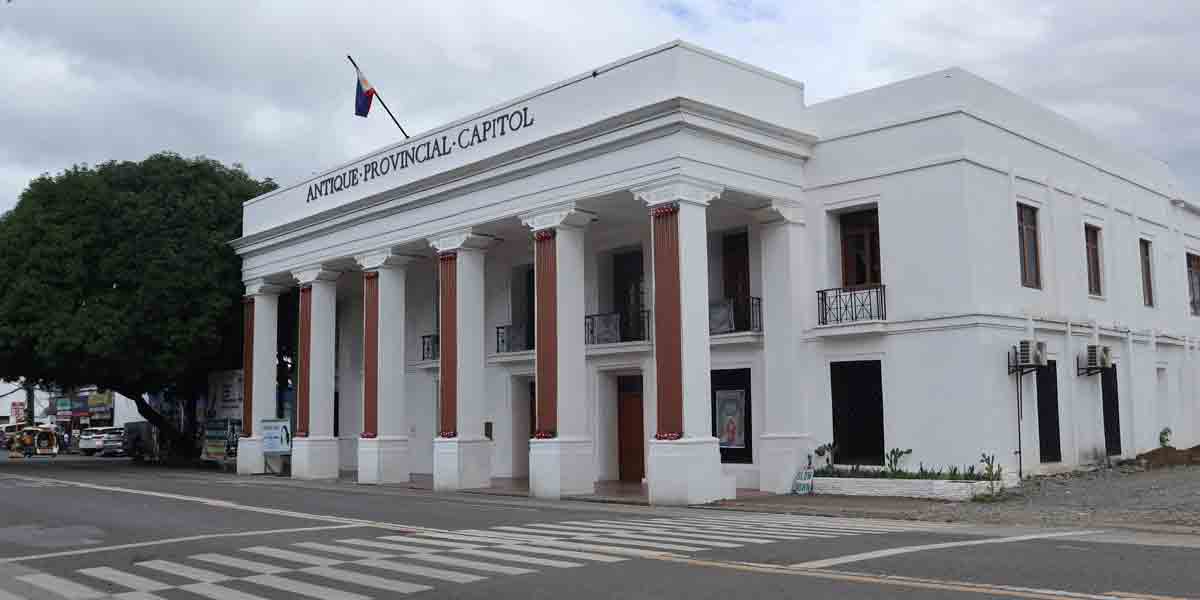By Francis Allan L. Angelo
The National Government’s (NG) budget deficit narrowed significantly in July 2024, decreasing by 39.67% year-over-year to ₱28.8 billion, according to the latest report from the Bureau of the Treasury (BTr).
The improvement was largely driven by an 11.09% increase in revenue collections, which outpaced the 5.80% growth in government expenditures, the BTr said in a press statement.
Despite the monthly improvement, the year-to-date budget deficit widened to ₱642.8 billion, a 7.21% increase from the same period last year, reflecting the ongoing challenges in balancing government spending and revenue generation.
Revenue Surge Led by Tax Collections
In July, the NG collected ₱457.4 billion in revenue, marking an 11.09% year-over-year increase.
Tax revenues, which made up 88.07% of the total, grew by 15.46%, with the Bureau of Internal Revenue (BIR) and the Bureau of Customs (BOC) reporting significant gains.
The BIR’s collection increased by 17.09% to ₱319.8 billion, driven by higher collections from Value-Added Tax (VAT), income taxes, and other domestic taxes.
“The growth in VAT collection was partly due to base effects, as collections last year were lower due to the shift from monthly to quarterly filing mandated by the TRAIN Law,” the BTr noted.
The BOC also saw a 9.99% year-over-year increase in its collections, reaching ₱80.4 billion. This growth was fueled by higher VAT, import duties, and excise taxes, supported by the depreciation of the peso and increased import volumes.
Non-tax revenues, however, declined by 13.20% to ₱54.6 billion. The BTr’s income dropped significantly due to a one-off remittance from the Bangko Sentral ng Pilipinas (BSP) the previous year, as well as lower earnings from BTr-managed funds and NG deposits.
Despite this, the BTr’s cumulative income for 2024 still surpassed last year’s figures by 27.81%, bolstered by higher dividend remittances and interest on advances from government-owned and controlled corporations (GOCCs).
Expenditures and Interest Payments on the Rise
Government disbursements in July totaled ₱486.2 billion, a 5.80% increase from the previous year, due in part to a higher National Tax Allotment (NTA) share for local government units (LGUs).
Interest payments also saw a significant rise, increasing by 24.99% to ₱79.4 billion, attributed to higher financing costs and the depreciation of the peso.
Positive Economic Indicators Amid Fiscal Challenges
Despite the expanding year-to-date deficit, the NG’s primary surplus (which excludes interest payments) for July increased to ₱50.6 billion, up from ₱15.7 billion in the same month last year. This helped reduce the year-to-date primary deficit by 26.60% to ₱186.1 billion.
The Philippine economy grew by 6.0% in the first half of 2024, which supported improvements in several fiscal indicators.
The revenue effort as of June 2024 improved to 17.06% of GDP, compared to 16.17% a year ago. The tax effort also saw a slight increase to 14.57%, while the expenditure effort rose to 21.94%.
Outlook and Government Strategy
With the economy showing signs of strength, the government remains focused on sustaining revenue growth and managing expenditures to navigate the fiscal challenges.
The narrowing of the July deficit provides a glimmer of optimism, but addressing the broader, year-to-date budget shortfall will require continued fiscal discipline and strategic management of public finances.





















